Info
InfoCategory : Data Analytics
Date : 10 Dec, 2024
Client : Leading Rail Freight Operator
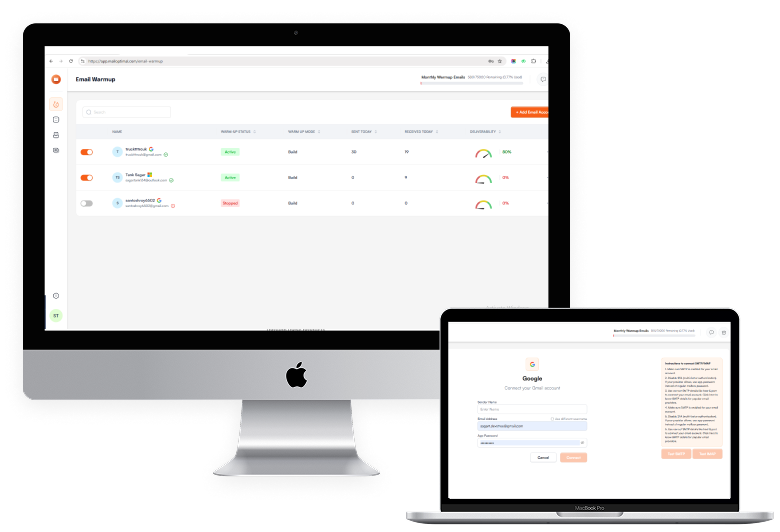
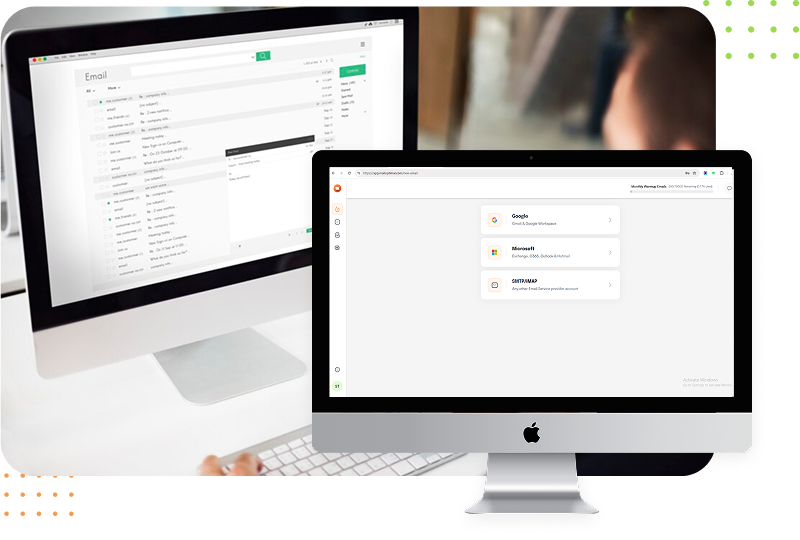
Introduction
IntroductionThe logistics and transportation industry is rapidly changing as rail freight companies implement innovative, data-driven solutions that increase operational efficiency. A case study on the building of a robust Goods Train Dashboard helps us understand how to improve goods train operations in spite of its unique challenges. This solution will leverage advanced technologies like AWS Glue, Snowflake, Power BI, and Amazon Redshift to seamlessly integrate, process, and visualize real-time data to enable smarter and faster decision-making and redefine operational excellence in rail logistics.
Client Requirements
Client RequirementsThe client required a centralized dashboard to integrate real-time data to deliver actionable insights and enable predictive analytics for optimizing train operations, reducing downtime, and improving efficiency.
Key Features of the Goods Train Dashboard
Key Features of the Goods Train Dashboard
Real-Time Train Positioning
01Track train locations and movement with GPS-enabled current updates. Predictive alerts based on mileage, wearing of components, and climatic conditions to reduce downtime.
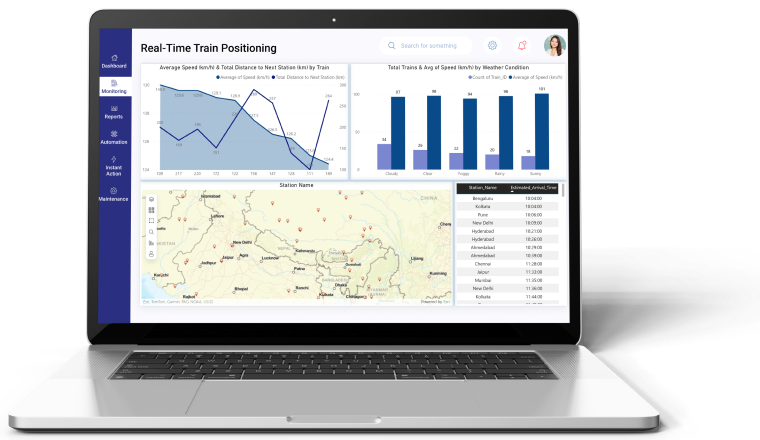
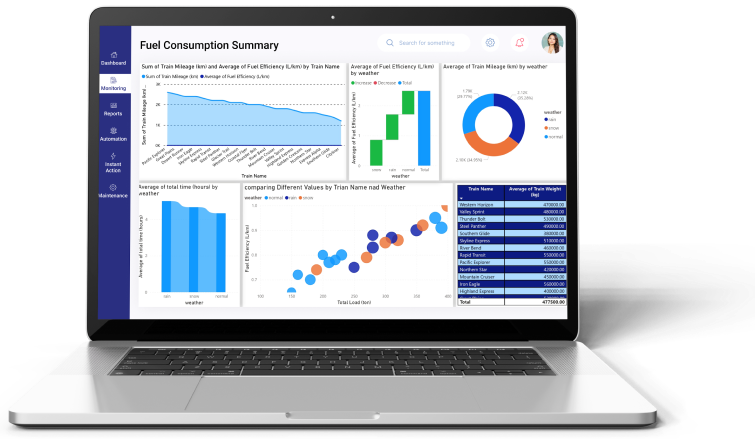

Fuel Consumption Summary
02Understand fuel usage across routes and engine types to improve and reduce costs.

Load Efficiency in Visualization
03Get detailed metrics concerning cargo weight and volume, as well as in terms of loading and unloading times for better load distribution.
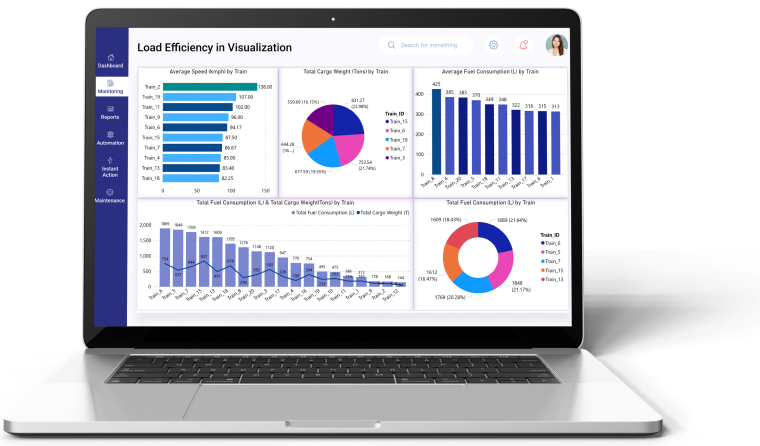
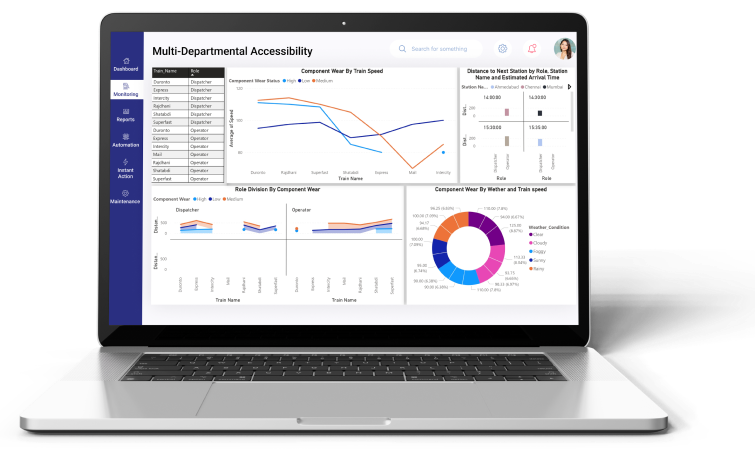

Multi-Departmental Accessibility
04Role-based access to the dashboard is tailored for operators, dispatchers, and maintenance teams to cater to specific needs.
Results:
Results:Challenges:
Understanding Target Audience
- Data Integration Across Legacy Systems: It was a challenge to integrate real-time data from multiple disparate legacy systems, requiring advanced ETL processes.
- Real-Time Processing: Processing and visualization of real-time data without latency were significant challenges.
- Scalability: Designing a solution capable of handling data spikes from multiple trains without compromising performance was critical.
- Predictive Analytics Accuracy: Building reliable machine learning models for predictive maintenance required extensive historical data and fine-tuning.
How we Resolved :
- Data Integration Across Legacy Systems: It was a challenge to integrate real-time data from multiple disparate legacy systems, requiring advanced ETL processes.
- Real-Time Processing: Processing and visualization of real-time data without latency were significant challenges.
- Scalability: Designing a solution capable of handling data spikes from multiple trains without compromising performance was critical.
- Predictive Analytics Accuracy: Building reliable machine learning models for predictive maintenance required extensive historical data and fine-tuning.
Project Approach and Results:
How we Resolved :
- Research & Planning: It started by deeply assessing the needs of the client and the operational challenges he faces. A complete roadmap was developed incorporating data integration, real-time insights, and predictive analytics capabilities.
- Development & Testing: AWS Glue, Snowflake, and Amazon Redshift were used to develop a scalable data pipeline. Iterative testing on an error level ensured that updates on the dashboard were precise in real time and smooth interactions between the data sources and the dashboard. Machine learning models for predictive analytics were perfected using Python.
- Implementation and Training: The dashboard deployed was real-time and history, so the information came out instantly. Conduct staff training to maximize the platform uptake and efficient use of it.
- User Feedback and Improvement: After deployment, feedback was collected from users to find extra areas of improvement for need. Enhancements phased-based rollout included role-based view dashboards and further improving of predictive analytics models.
How to do App Promotion
- Research & Planning: It started by deeply assessing the needs of the client and the operational challenges he faces. A complete roadmap was developed incorporating data integration, real-time insights, and predictive analytics capabilities.
- Development & Testing: AWS Glue, Snowflake, and Amazon Redshift were used to develop a scalable data pipeline. Iterative testing on an error level ensured that updates on the dashboard were precise in real time and smooth interactions between the data sources and the dashboard. Machine learning models for predictive analytics were perfected using Python.
- Implementation and Training: The dashboard deployed was real-time and history, so the information came out instantly. Conduct staff training to maximize the platform uptake and efficient use of it.
- User Feedback and Improvement: After deployment, feedback was collected from users to find extra areas of improvement for need. Enhancements phased-based rollout included role-based view dashboards and further improving of predictive analytics models.
Result:
Result: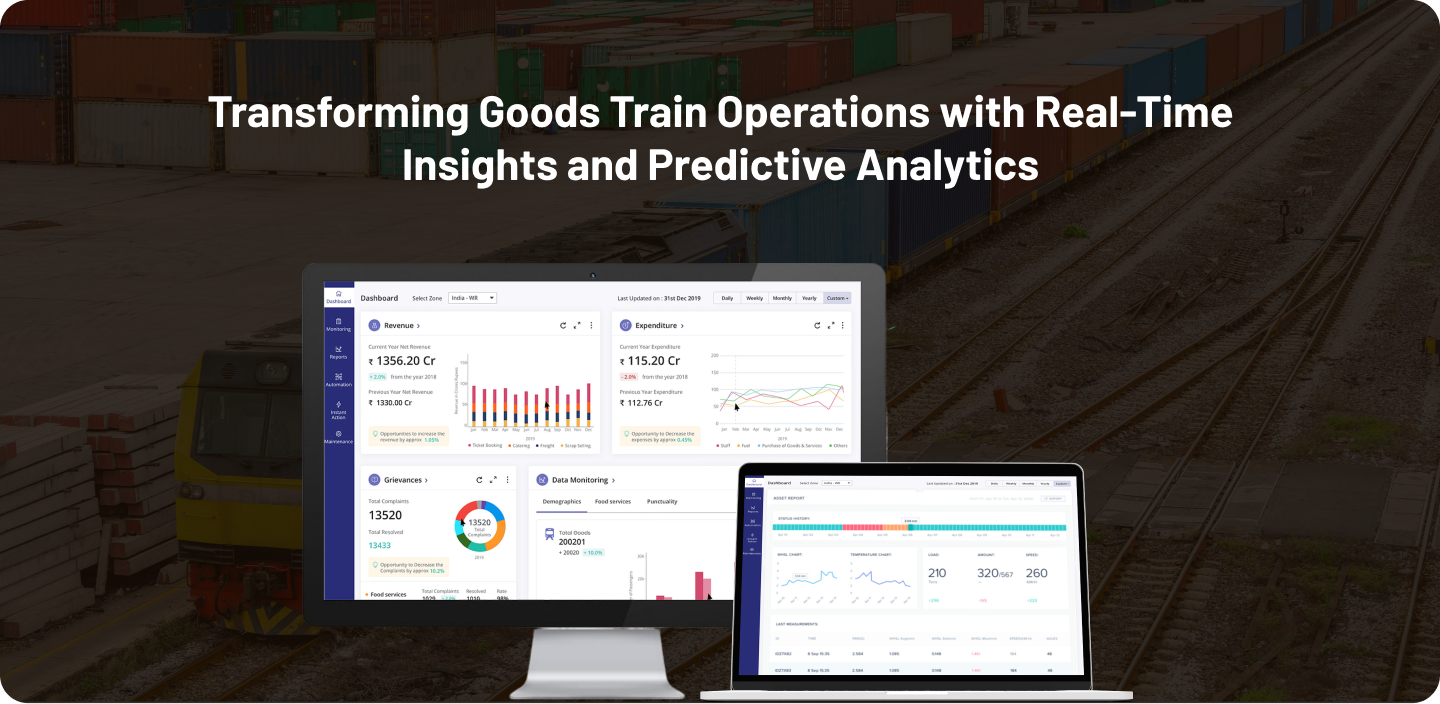
Technology Stack
Technology StackTechnology we used
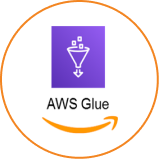
Data Integration: AWS Glue

Data Warehousing: Snowflake
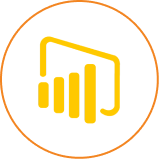
Data Visualization: Power BI
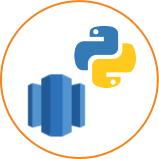
Analytics & Processing: Amazon Redshift